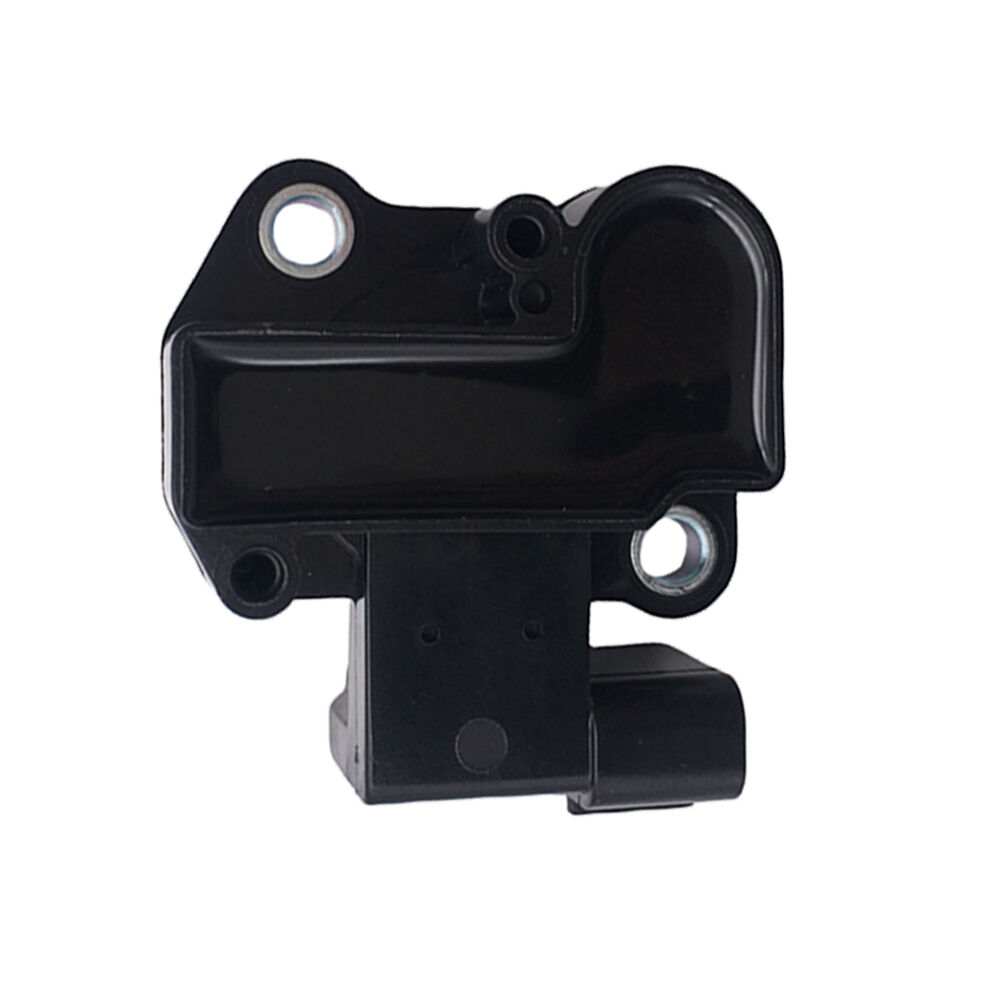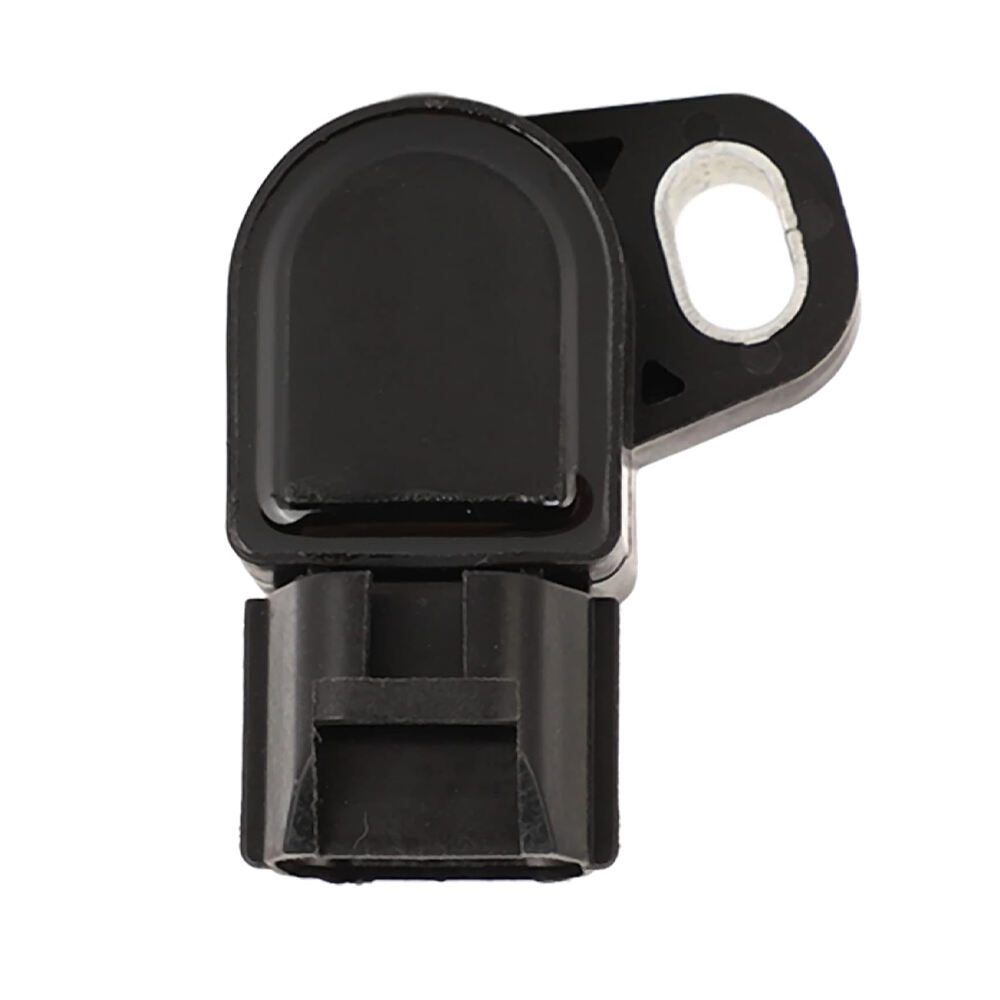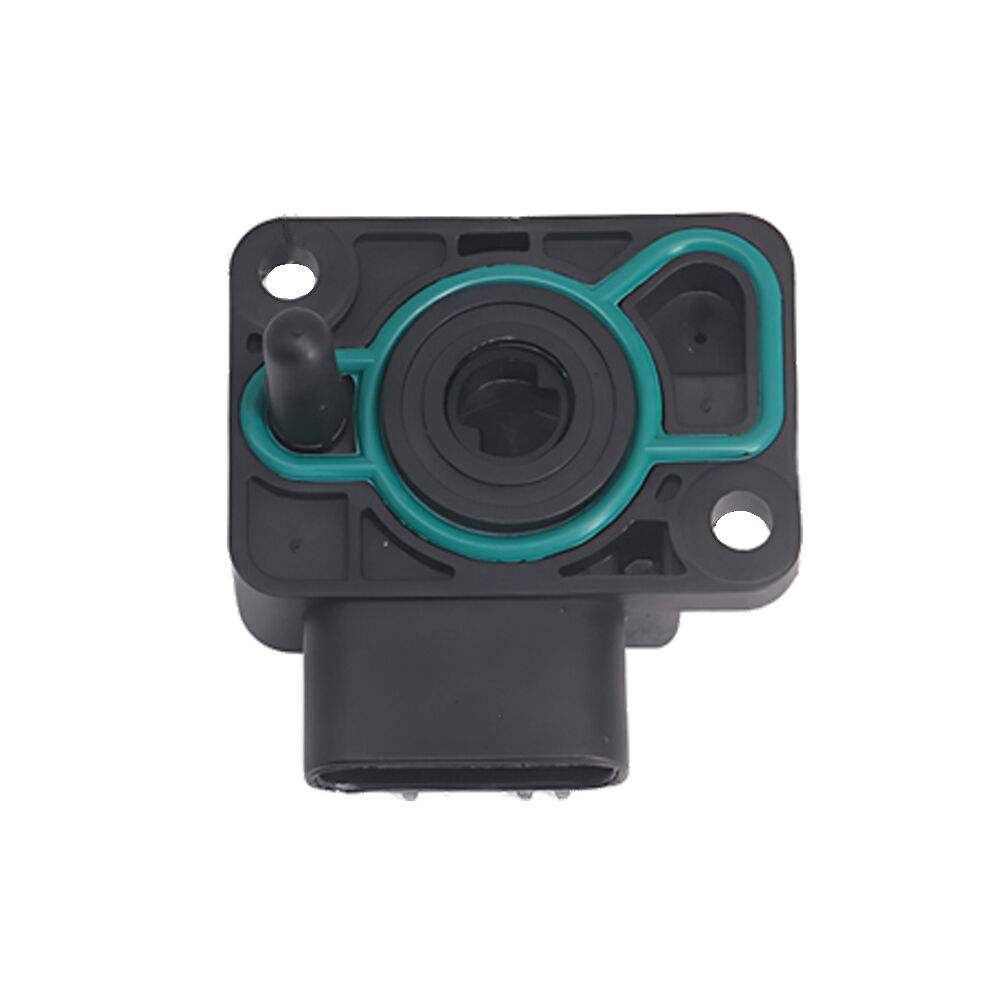adjusting throttle position sensor
The adjusting throttle position sensor is a critical component in modern vehicle engine management systems, serving as a vital link between driver input and engine performance. This sophisticated device continuously monitors the throttle valve's position and transmits this data to the engine control unit (ECU). Operating through a variable resistor or Hall effect sensor technology, it precisely measures the angle of throttle plate movement, enabling the ECU to optimize fuel injection timing and air-fuel mixture ratios. The sensor's primary function involves converting mechanical movement into electrical signals, which are then interpreted by the vehicle's computer to adjust engine performance parameters. Its advanced design incorporates durability features such as sealed housings and gold-plated contacts, ensuring reliable operation under various environmental conditions. The sensor's ability to provide real-time feedback allows for immediate adjustments to engine performance, resulting in improved fuel efficiency and reduced emissions. In performance applications, it plays a crucial role in maintaining optimal power output and ensuring smooth acceleration across all driving conditions. The technology has evolved to include self-calibration capabilities and enhanced precision measurements, making it an indispensable component in achieving both performance targets and emissions compliance.


